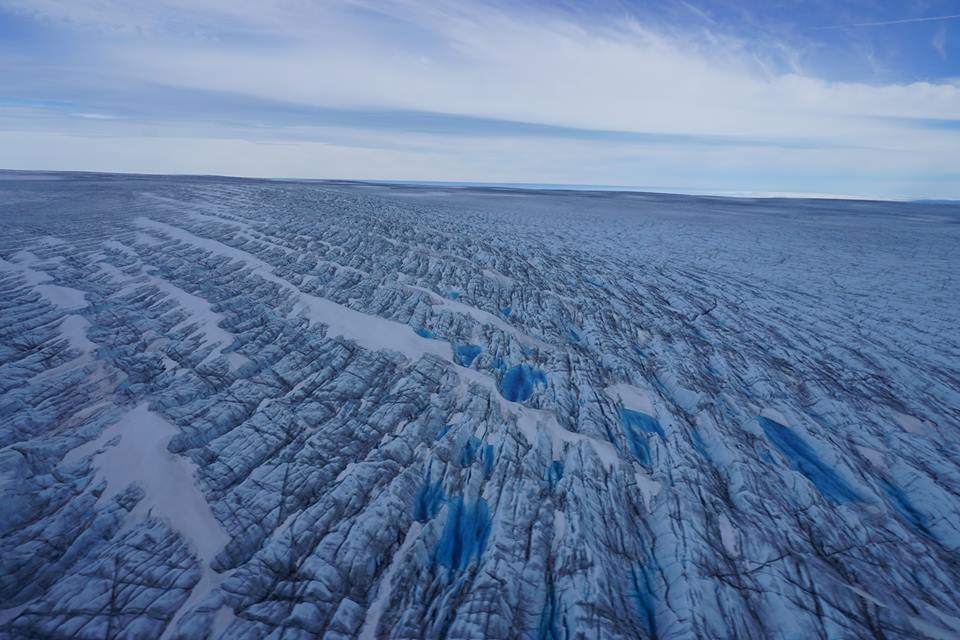
This summer my research group, in collaboration with Jason Gulley and Tim Dixon at University of South Florida, conducted field work on the Greenland Ice Sheet. We were studying the relationships between meltwater and ice motion. Meltwater produced on the ice surface gathers in stream networks, most of which terminate at holes in the ice called moulins. Moulins are deep vertical shafts that lead to the bottom of the ice. The water passes through these moulins and into flow paths beneath the ice before ultimately flowing out from under the terminus of the glacier. Prior work has shown that increasing injection of meltwater beneath the ice, which is predicted in warming climate, can result in faster sliding motion of the ice, leading to more rapid decline in total ice sheet mass. The sliding rates increase because the water can buoyantly lift up the ice and reduce the friction at the base. However, if an efficient drainage system develops beneath the ice, this can once again lower water pressures and reduce sliding speed. The goal of our project is to collect simultaneous measurements of meltwater injection, moulin water pressures, and ice motion, which will help to improve our understanding of how these processes work and ultimately increase the accuracy of projections for future sea level rise.
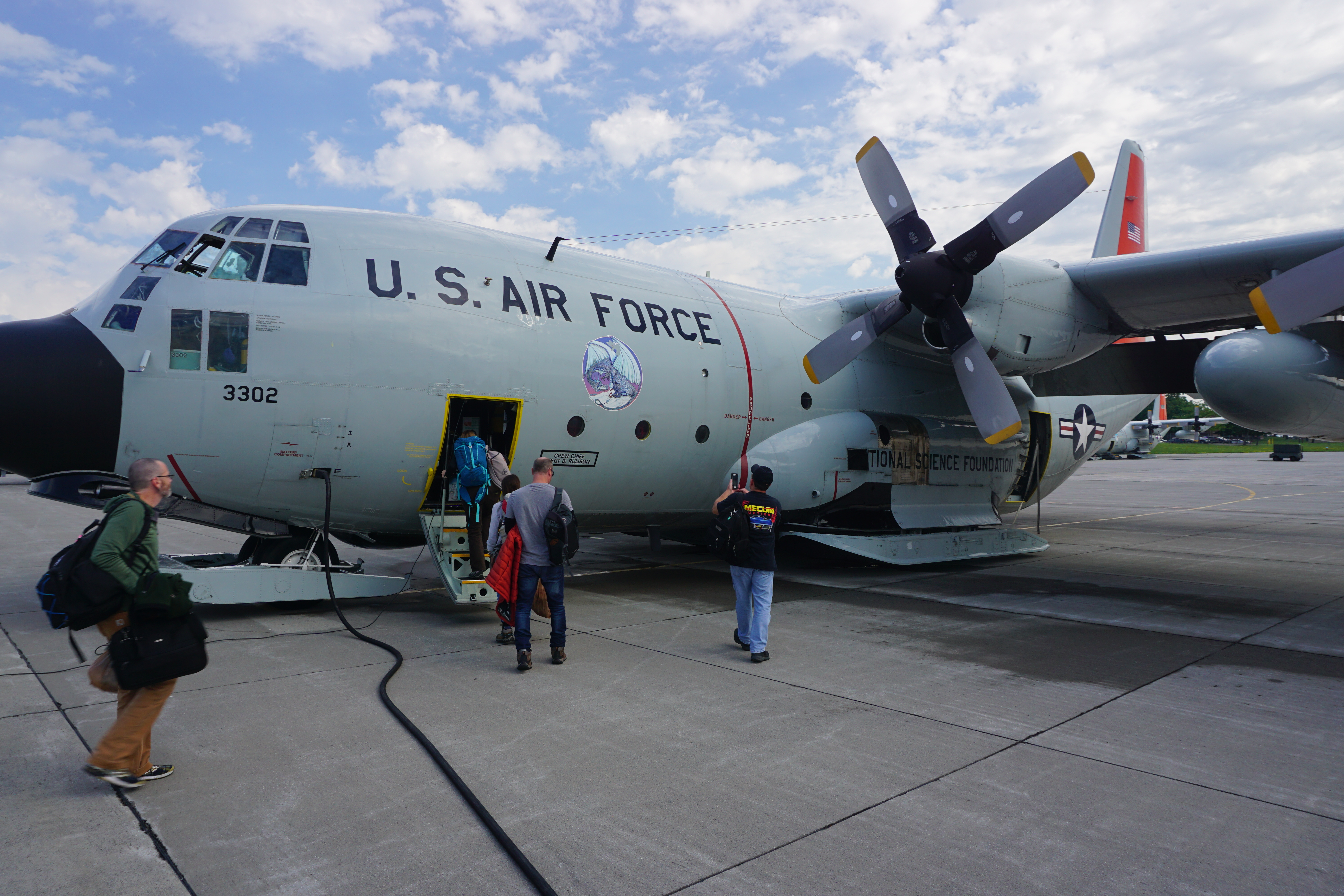
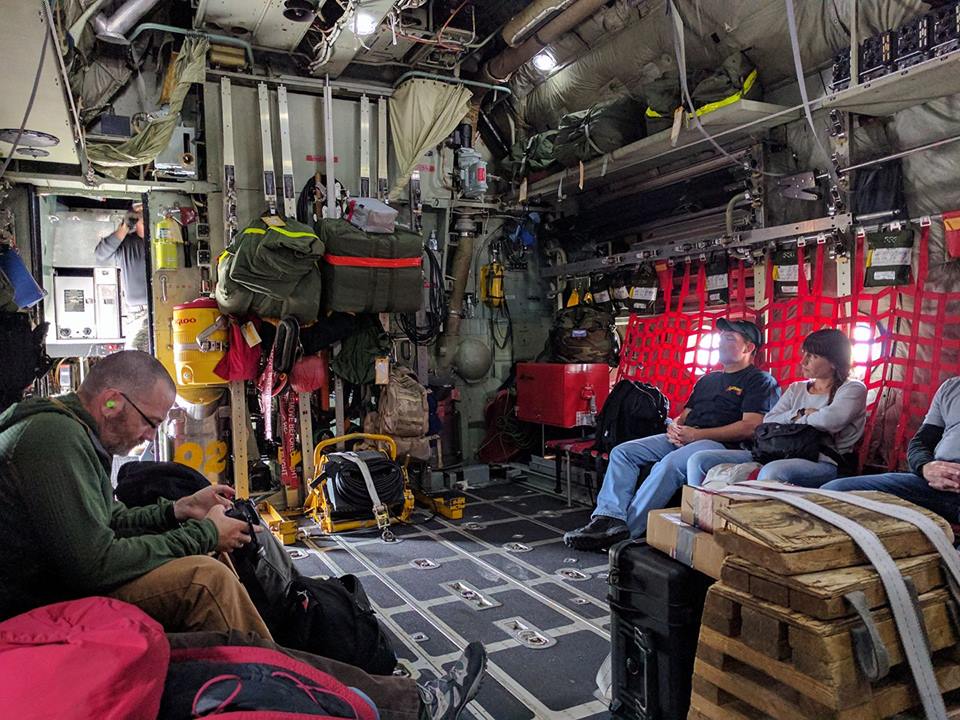
Conducting fieldwork on the Greenland Ice Sheet involves some substantial logistical hurdles. For transportation to Greenland, the National Science Foundation has an agreement with the Air National Guard to fly scientists and scientific cargo to Greenland using C-130s. We sent most of our equipment to Greenland in the spring. Then, in late June, we flew to Albany, NY where we got our C-130 airlift to Kangerlussuaq, Greenland. After a couple of days in Kanger, we flew on to Ilulissat, which was the closest town to where we would be working and is one of the best places in Greenland to see icebergs.
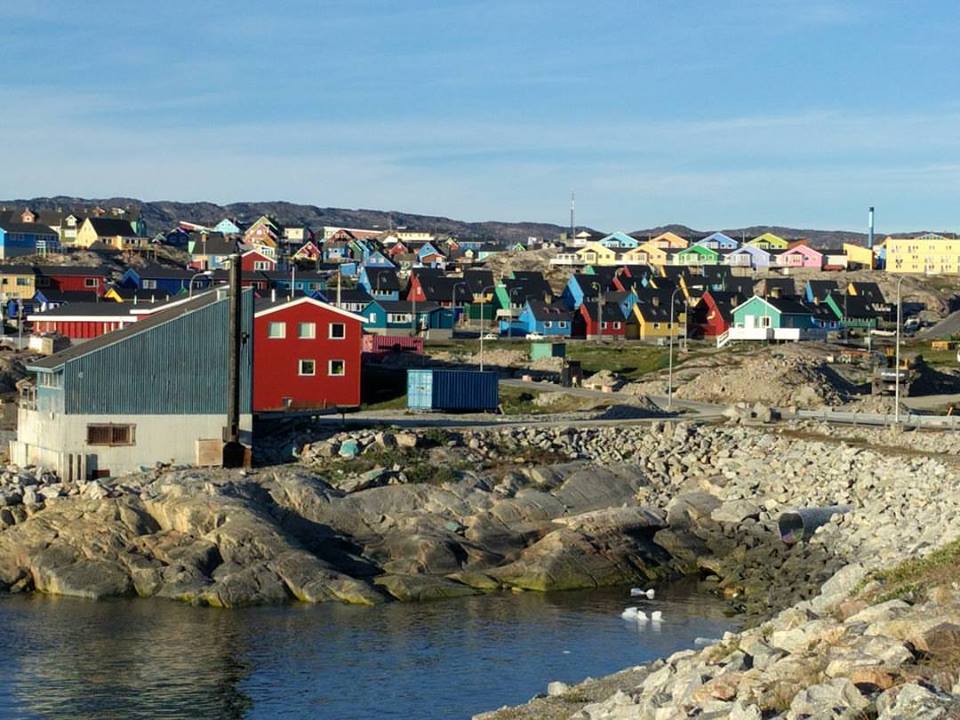
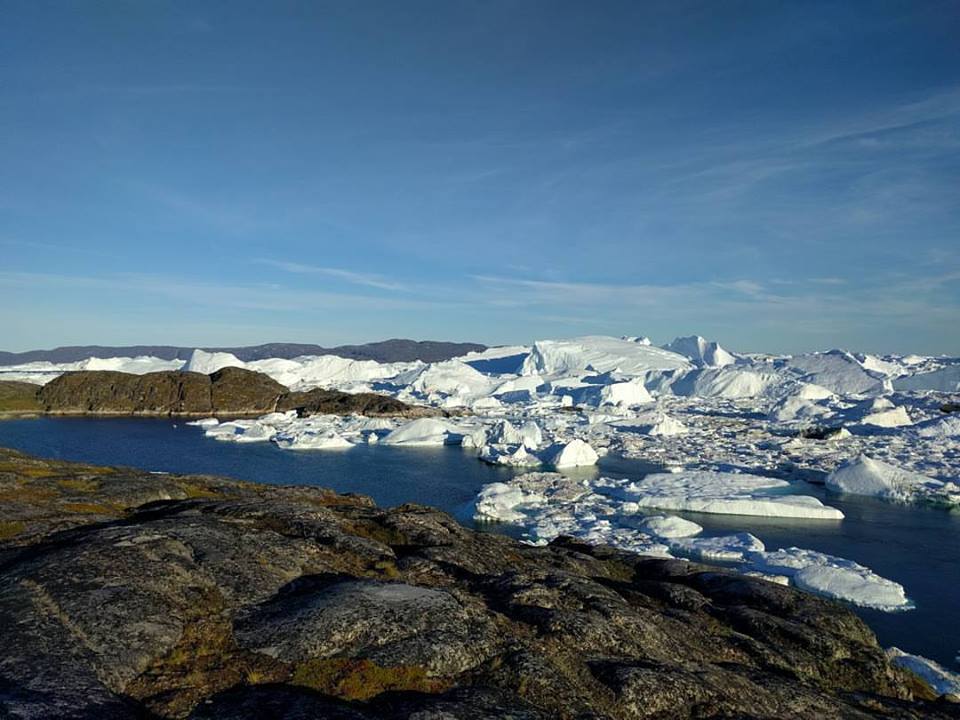
City block sized icebergs in the icefjord. Note the boat (white speck on left) for scale.
After nearly a week of organizing gear and preparing for our camp on the ice, we needed three helicopter flights to transport our 5000 lbs of gear and five team members out onto the ice. 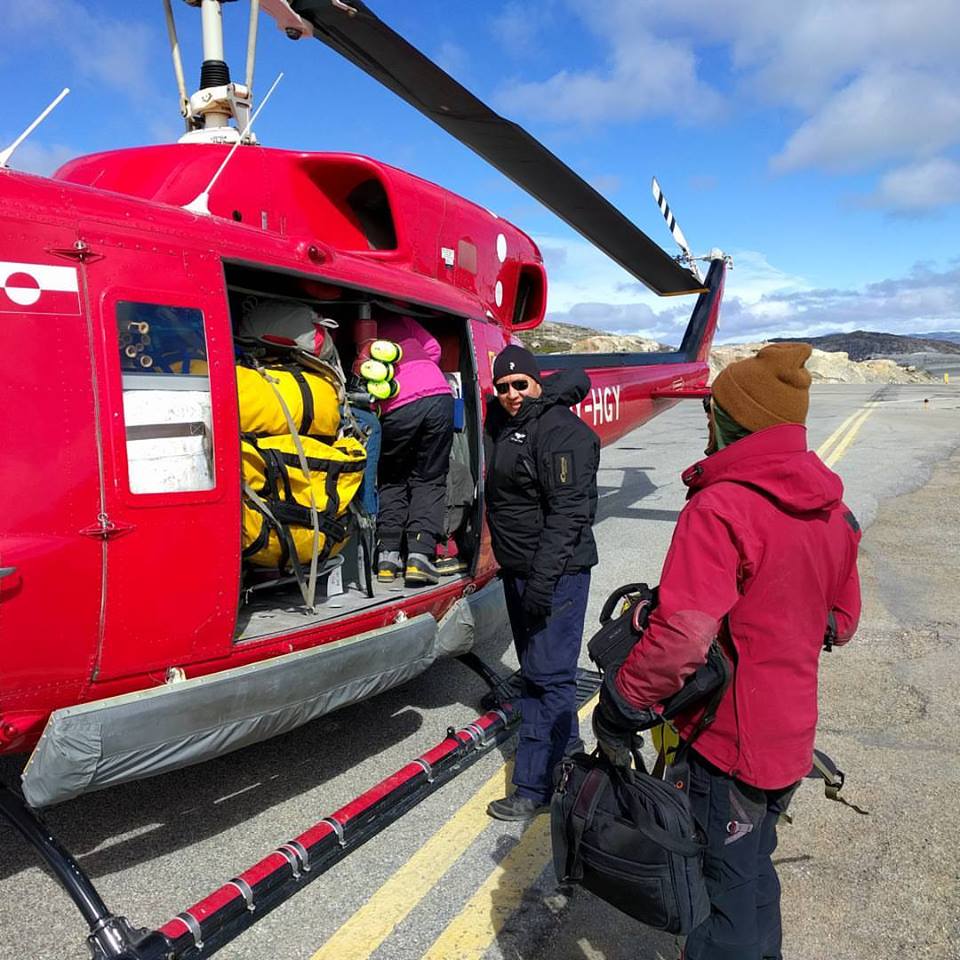
Then the helicopter flew away, and left us to settle into our home for the next month.